“I wanted to make a Western but I had a eureka moment”: An interview with Fanny Lye Deliver’d director Thomas Clay
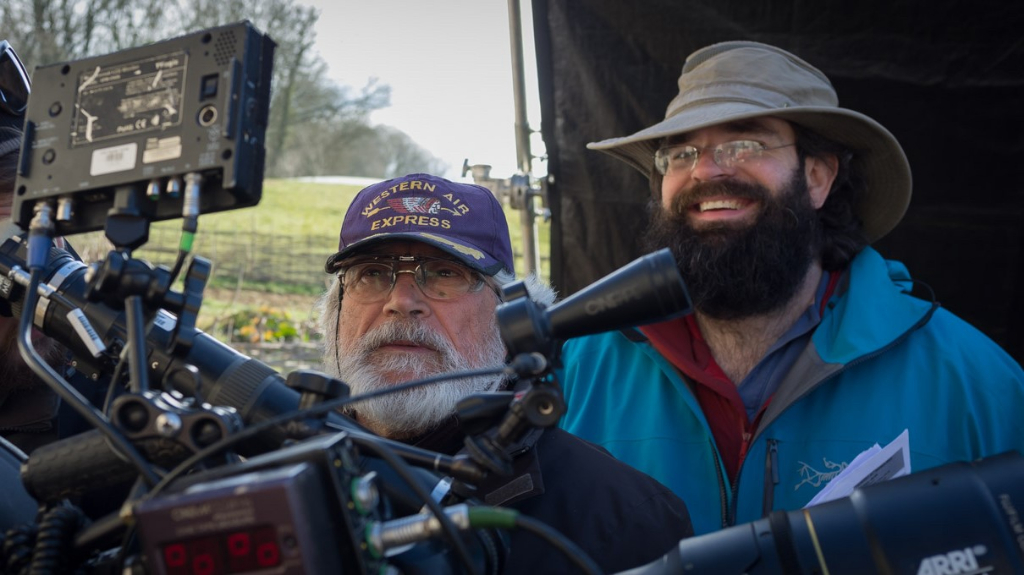
Thomas Clay’s latest feature Fanny Lye Deliver’d will be released to audiences in the UK on 26th June. The film examines the various ideas in Thomas Cromwell’s England through the intensely savage scenario of a Puritan couple held at gunpoint by two young lovers on the run.
The simultaneously gorgeous and grotesque rural horror took a considerable time to get made, spending more than three years in post-production. We spoke to writer, director and composer Thomas Clay about how he conceived of the film’s idea, the most interesting aspects of his research into the 17th century, the advice he’d give to aspiring filmmakers, and more.
Hi Thomas, congratulations on the release of Fanny Lye Deliver’d. I’ve read Deadline’s story on how rocky the journey was from development to release. How did it feel to finally present it at film festivals?
It was a mixture of relief and tension for how people were going to respond. It was certainly a long journey and to finally get it to an audience was a wonderful thing.
Let’s start from the beginning. How did you conceive of the idea for this film?
When I was young, I read Christopher Hill’s book The World Turned Upside Down, and ever since reading that book I wanted to make a film about the 17th century and the radical groups that were around at the time of the Civil War. But I couldn’t find the right way in for a long time. I [also] wanted to make a Western, but I had a eureka moment when I realised that I could put these two things together and make a different sort of Western that took place in 17th-century England. From there, the idea took off in my head.
You’ve mentioned aesthetic inspirations – Days of Heaven, Heaven’s Gate, Once Upon a Time in the West – but could you tell us about any narrative inspirations?
Ride in the Whirlwind, the Monte Hellman film written by Jack Nicholson. That film showed me you can maintain an incredible tension and drama throughout a film even if you only have a single location, a small number of characters and a small budget.
You put so much effort into writing realistic period dialogue and I love how each character represents a different ideology in Cromwell’s England. What were the most fascinating things you learned about this post-Civil War period that were incorporated into the film?
I suppose it was just discovering the breadth and the depth of the ideas that had existed back then. It was a time where the portable printing press had just been invented and the government was losing control. This allowed the common, ordinary people to start expressing themselves and say what they really wanted to say. It resulted in an explosion of political and religious ideas, and reading the pamphlets really takes you back to that time. I was particularly inspired by the pamphlets of the Ranters group, the ones written by Abiezer Coppe and Laurence Clarkson.
Was it easy to access top resources that detailed the history?
It was very helpful for us to have three different historical advisers who were able to point me in the right direction, but one person in particular was part of the Reenactment movement – those people who like to reenact the Civil War. We discovered that those people were actually even more knowledgeable than the bona fide historians – particularly in regards to knowing how people spoke and lived and what clothes they wore. Getting their knowledge was crucial.
You’ve said that the production concept was to imagine it was the 70s and you were making a classic studio picture. Did that extend behind the cameras in any way? For example, no use of mobiles.
Well there wasn’t really any reception on the farm anyway! There wasn’t necessarily a ban, but yeah, people had to leave the set to take calls.
Emotionally and physically speaking, you put your cast through quite the ringer. Could you tell us about how you guided your talented stars and the dynamic between filmmaker and actors?
What was really crucial was that when I first met Maxine [Peake], it became clear that she also had a fascination with the 17th century and shared the idea of paying such attention to detail to build a set that she could stand in and really feel that she was part of that world. That shared vision of how it should be from the very beginning was important.
As well as directing and writing, you were also the composer and said that it took a year for you to write the score. Why was it so difficult to get right?
People compose at different speeds, and if it’s something you do all the time then I’m sure it gets easier. But this is the first time I’ve written a full-length film score and I was learning as I went along, so it inevitably took longer than it would have if we’d had someone who was writing twelve scores a year.
There are a lot of aspiring filmmakers who love genre films and may want to make their own homage to the horrors and Westerns of the 60s and 70s. What advice would you give to filmmakers who want to make something similar?
In terms of capturing the feel, getting the right lighting is crucial, as is shooting on film and, by extension, getting the right cinematographer. In my mind, I was always going to work with Giorgos Arvanitis. We had already made a film together 15 years ago. The confidence that you have the right person behind the camera is essential. I would also suggest looking at the way the camera moves in those 60s and 70s films and researching the sort of tools they used. We found an old crane sitting at the back of a warehouse, and utilising that really contributed to capturing the mood we wanted.
The film would be perfect for boutique distribution labels such as Arrow Video or Kino Lorber to pick up for the home release. Do you have any plans for physical media?
Yes, there’s a DVD coming out. In terms of Blu-ray, there will be a release, probably later in the summer. The initial physical release will be in August.
Can you tell us about any projects in development?
Nothing concrete at the moment. This is a never-ending project – the film is finished but we’re still dealing with distribution in America and getting the soundtrack out, so that’s been taking most of my time. But hopefully soon I can move on and start writing something new.
Would you consider touring the soundtrack or performing it live?
I haven’t thought about it, and I’m not sure if there’s gonna be enough demand for that. It’ll be nice just to get it out there and have people listen to it!
Musanna Ahmed
Photo: Thomas Clay (R) with Fanny Lye Deliver’d director of photography Giorgios Arvanitis
Fanny Lye Deliver’d is released digitally on demand on 26th June 2020.
Read Musanna’s review of Fanny Lye Deliver’d here.
Watch the trailer for Fanny Lye Deliver’d here:


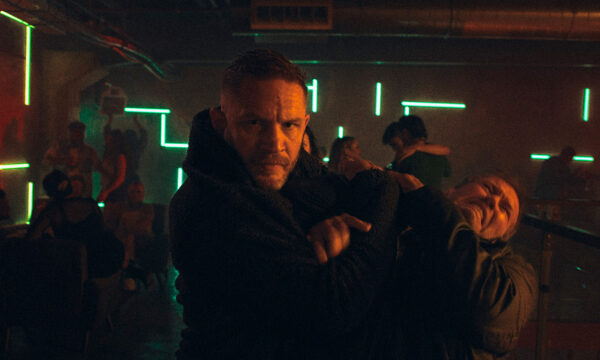
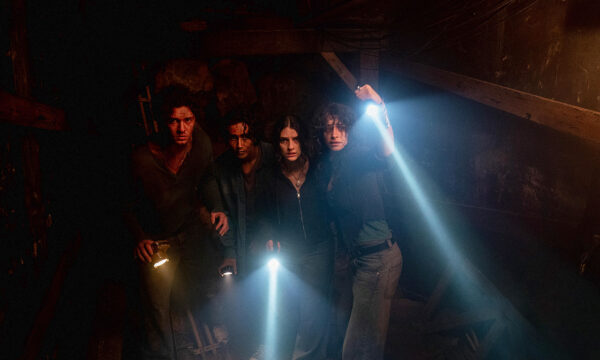
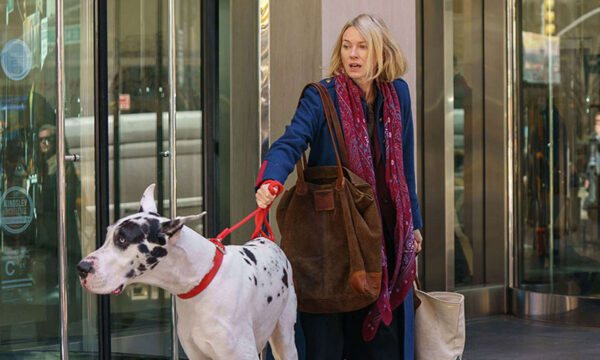
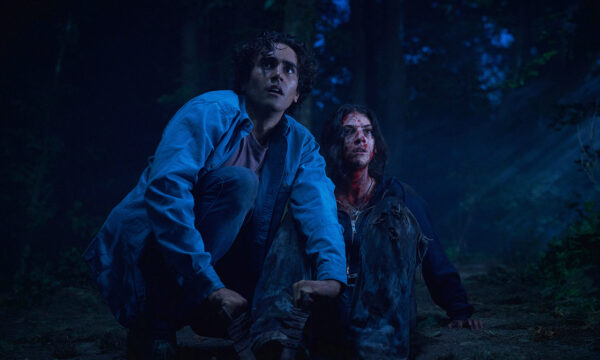
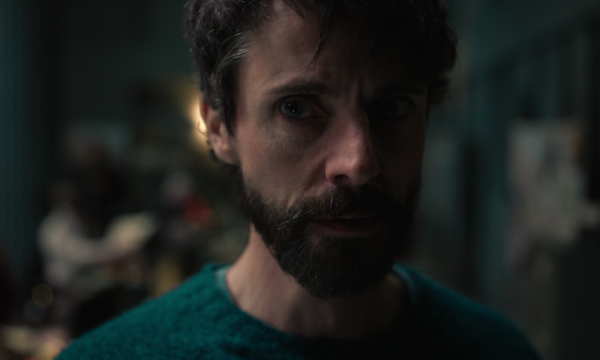
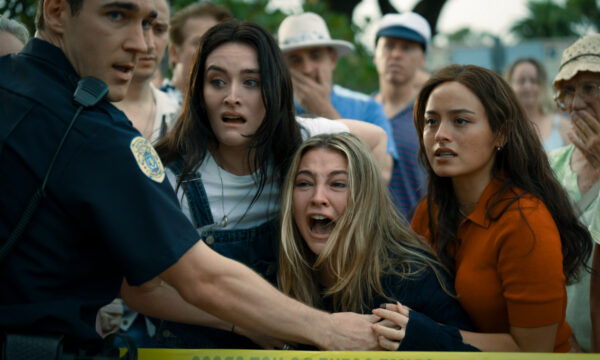
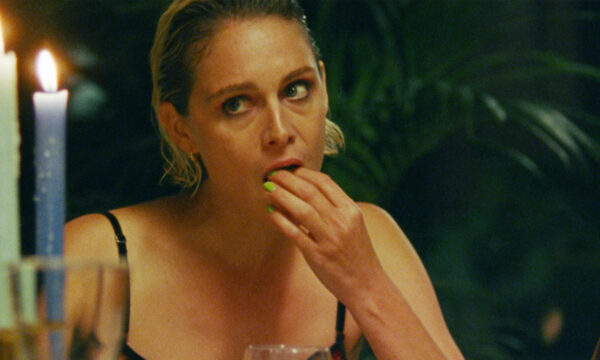
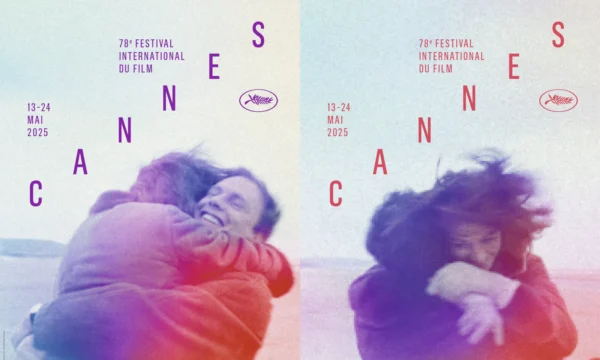
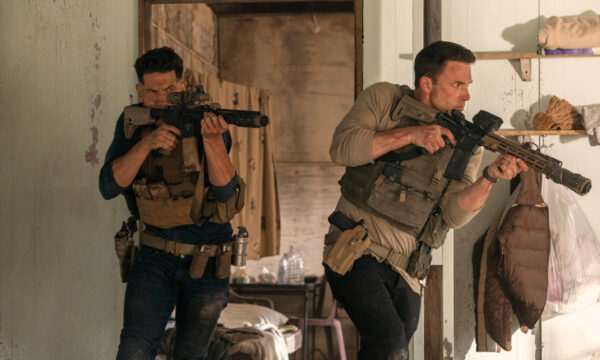













Facebook
Twitter
Instagram
YouTube
RSS